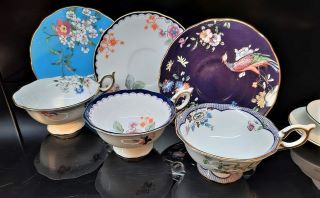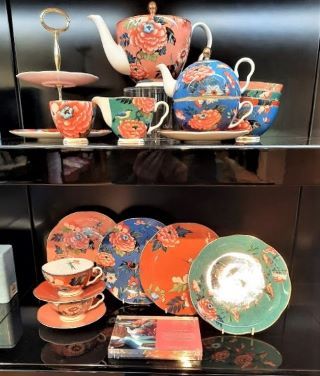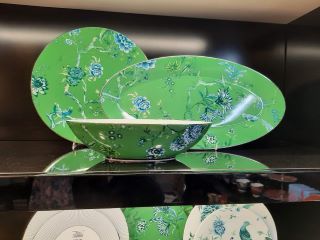The enduring legacy of Josiah Wedgwood
Have you heard of Wedgwood ceramics? Perhaps you may even have a piece or two? The reason the name of Wedgwood is so well known, and has been since the 1750’s right up to the current day, is due to the energy, entrepreneurship, and passion for invention of just one man, Josiah Wedgwood.
Whilst there have been generations of Wedgwoods involved in the business ever since, (many also named Josiah!), it is Josiah I who is immortalised as the founding father.
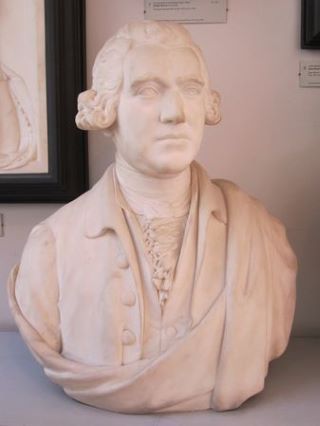
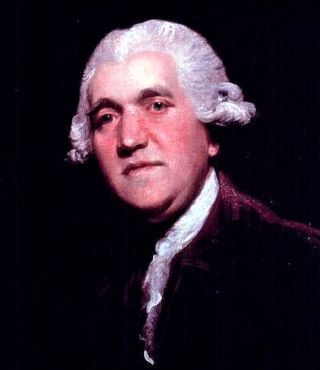
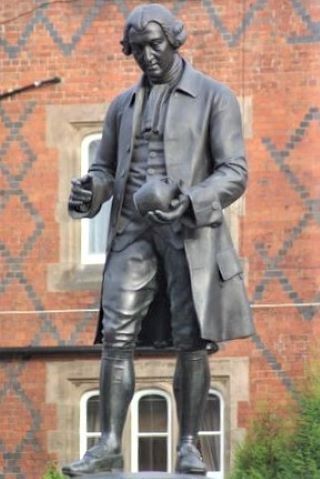
Josiah Wedgwood I was born into a family of potters, in Burslem, in Staffordshire, England, in 1730. Unfortunately, his father died when he was 7, so he had to leave school soon after to go to work in the family pottery as an apprentice to his brother, Thomas, in order to keep an income coming in to the family.
However, he had contracted smallpox at an early age, leaving him without the full use of his right leg and making it impossible for him to work with a traditional pedal-driven pottery wheel. Rather than hindering his career as a potter, Josiah's bad leg became the catalyst for a revolution in ceramics allowing him to focus on the science of ceramics, design and alternative methods of production.1
His restricted working abilities exactly suited his own interests and led him to form his own business on 1 May 1759. It was rapidly successful. In 1764, Josiah Wedgewood married Sarah Wedgwood, a distant cousin who had a sizable dowry and was able to fund much of his business growth and scientific initiatives. (As an aside, he later became the grandfather of Charles Darwin, the explorer and naturalist. Seems like a passion for knowledge, improvement and exploration ran in the family!)
Josiah Wedgwood and Sons Ltd was very successful at producing fine earthenware and stoneware of exceptional quality. Initially, it was table china in the refined earthenware known as creamware that represented most of the sales and profits. A later, more refined, version of this, became known as “pearlware” and “Queen’s ware” after Josiah gave a tea set to Queen Charlotte in 1761 and was given permission to be called “Potter to Her Majesty.”3
Wedgwood also produced a large dinner and dessert service of fifty settings, of some 944 pieces, for the Empress Catherine the Great of Russia, completed in 1774, and known as The Frog Marsh Service. 3
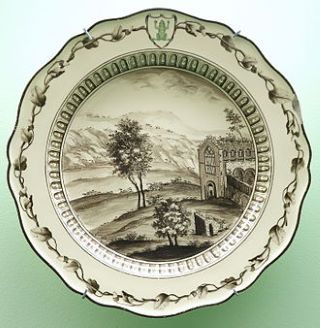
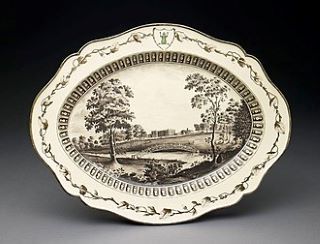
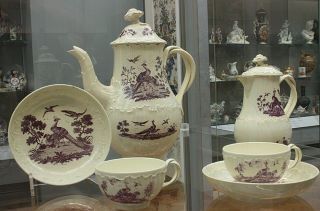
Of course, the royal patronage ensured the popularity of, and the demand for, Wedgwood throughout society.
This success enabled Josiah to buy a large Staffordshire estate, which he renamed Etruria, to be both a home and factory site. Within it, he also set up a village for his workers to live. In fact, from 1787 till his death, Josiah actively supported the growing movement for the abolition of slavery.
The Etruria factory was producing from 1769, initially making ornamental wares, while the "useful" tablewares were still made in Burslem in his original pottery works.1
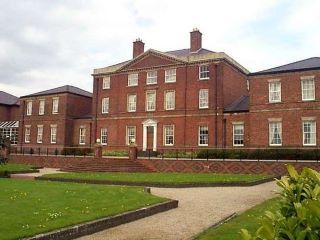
However, Wedgwood is possibly most famous for "dry-bodied" (unglazed) stoneware called Jasperware, also known as the "Wedgwood blue and white,” (though there are several other colours). It was modelled on the ancient Roman Portland Vase, which is a Roman two-handled glass amphora dating back to the 1st century BCE. The vase has a cameo-like effect decoration which perhaps depicts the marriage of Peleus and Thetis from Greek Mythology. 4
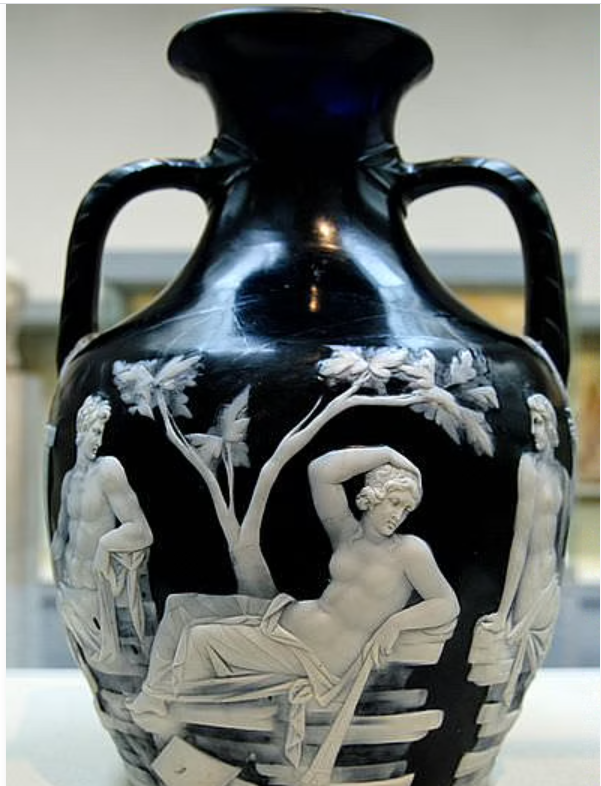
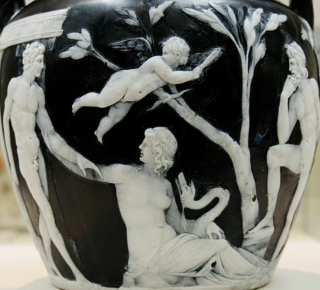
It is said that Josiah had some 3,000 attempts before he got the blend of clay and firing right, so that this design could be produced in many forms with a stable result each time.
Jasperware has been made continuously in many colours since 1775, with many motifs taken from ancient Roman, Greek and Egyptian mythologies.
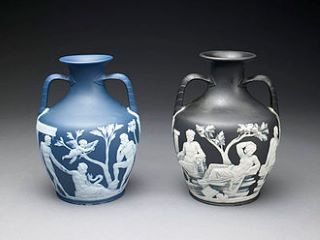
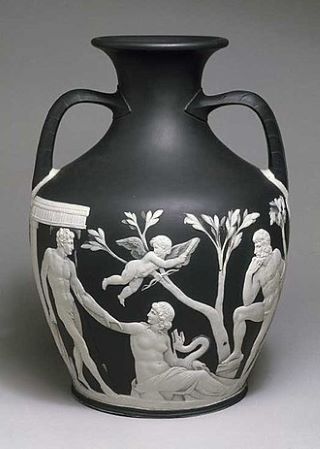
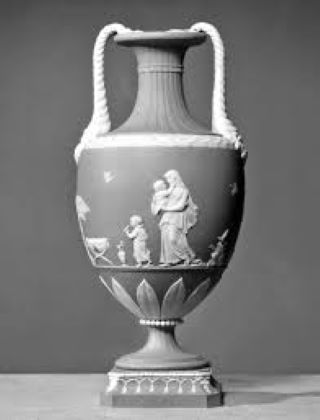
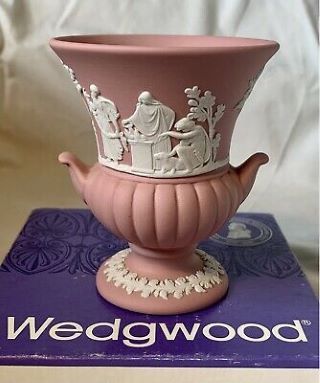
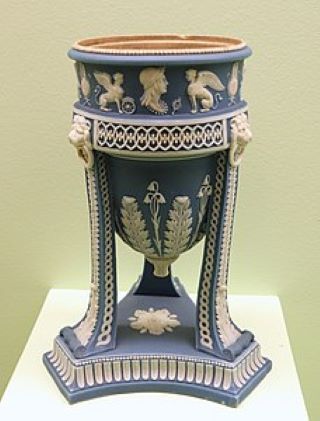
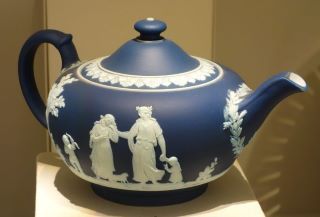
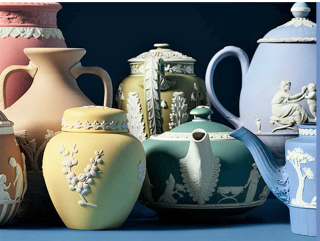
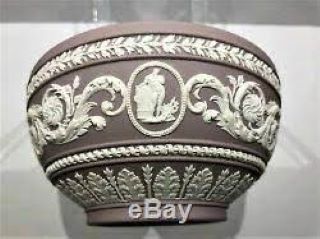
Josiah had a keen interest in chemistry, science and experiments, and was not afraid to trial his innovations in his factory, including styles known as green glaze and black basalt.
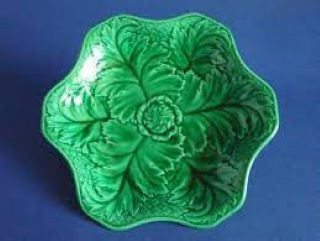
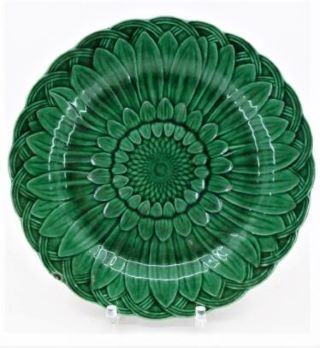
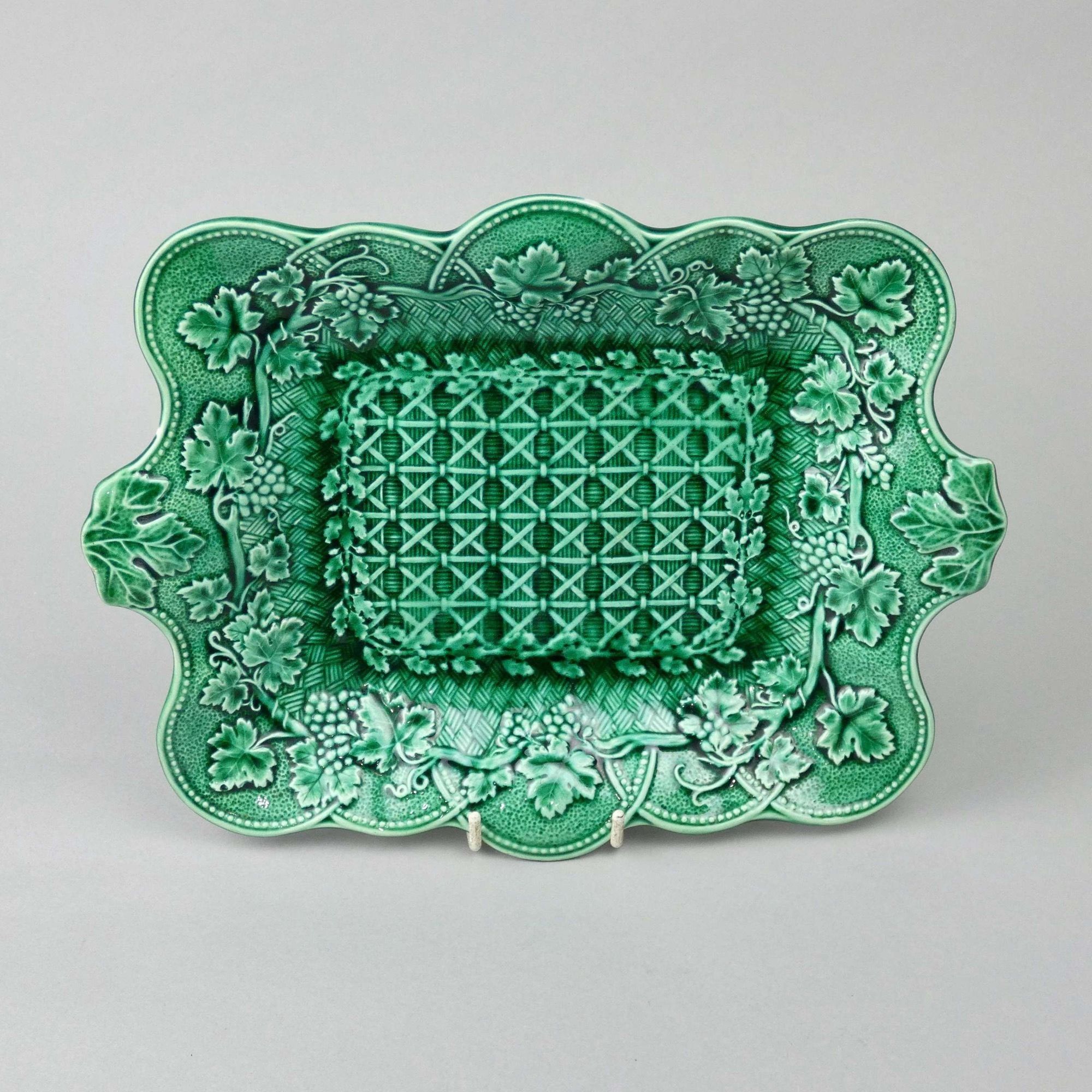
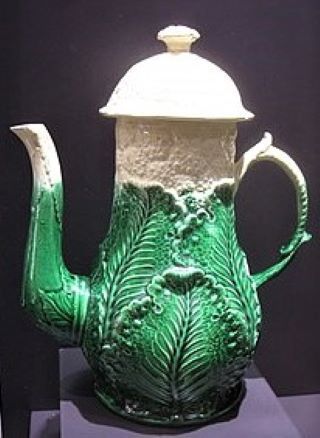
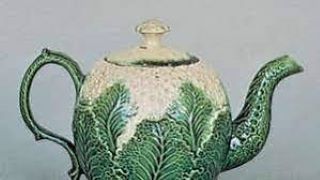
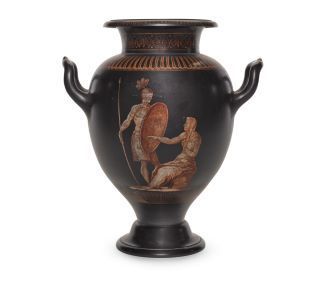
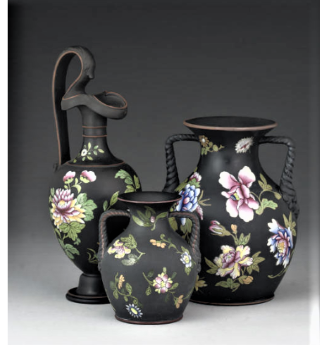
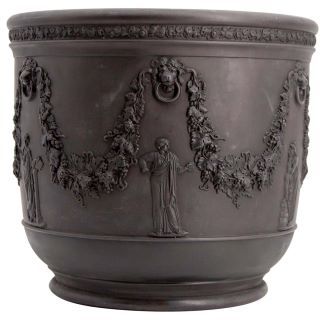
Josiah Wedgwood was elected a member of The Royal Society in 1783 in recognition of his various contributions to science.
His lifelong friend and collaborator, Erasmus Darwin, encouraged Josiah to invest in steam power for his factory in 1782, which made it one of the most advanced factories in the world at the time.1
Another key to his success was in the area of marketing! Wedgwood is credited as the inventor of modern marketing by pioneering direct mail, money back guarantees, travelling salesmen, carrying pattern boxes for display, self-service, free delivery, buy one get one free, and illustrated catalogues.5 Amazing !
Josiah Wedgwood died on 3 January 1795, and left a thriving business. Josiah's nephew was left in charge for some years, as Josiah's sons, John and Josiah II, had other interests, such as John founding The Royal Horticultural Society. However, when the nephew died in 1810, Josiah II bought John out, and continued as sole owner.
Wedgwood continued to grow under Josiah II and his son, Francis Wedgwood. Godfrey Wedgwood, Josiah I's great-grandson, became a partner in 1859, and it was he who had considerable success reviving the firm’s previously unsuccessful production of fine bone china in 1878.
Porcelain and fine bone china have continued to be produced ever since in many elegant designs and in conjunction with famous designer names such as Vera Wang, Jasper Conran, Kit Kemp and Lee Broom.
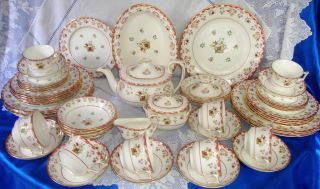
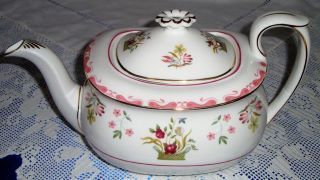
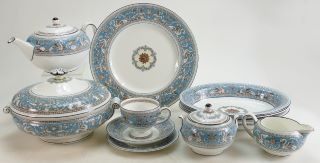
In 1967 the business was acquired by Coalport China, (which we will cover separately), and in 1987, Josiah Wedgwood and Sons merged with Waterford Crystal to become Waterford Wedgwood.
This company got in to financial difficulties and it was sold again, and then again in 2015, to Fiskars Group a Finnish company. This part of their business now includes the brands of Waterford, Wedgwood, Royal Doulton, Royal Albert and Rogaška. 3
Since the initial pieces of Queen Charlotte, and Catherine the Great, Wedgwood collections have appeared at the tables of British monarchs, the Vatican, the Kremlin, and the White House. In 1995, Wedgwood was granted the Royal Warrant, a mark of recognition from Her Majesty the Queen Elizabeth II. It was also the brand of choice for some of the world's most prestigious hotels. 6
Josiah I founded an incredible legacy which became known as "a firm that has done more to spread the knowledge and enhance the reputation of British ceramic art than any other manufacturer." 2
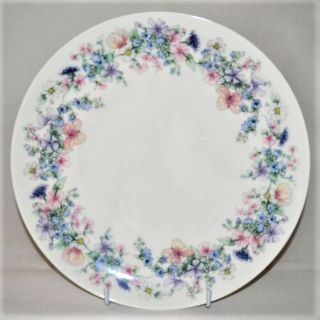
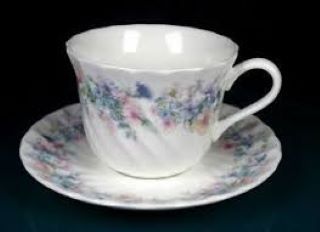
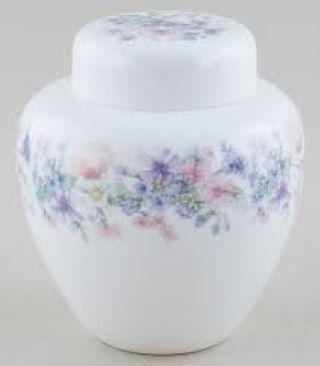
If you would like to read more about the life and artistic innovations by Josiah Wedgwood, click here.
If you would like to read more about the scientific innovations by Josiah Wedgwood, click here.
Footnotes
With thanks to:
- Artfund.org
- Godden’s Guide to English Porcelain, by Geoffrey Godden, 1992
- Wikipedia
- World history.org:
- Kids.kiddle.co
- Wedgwood.com
